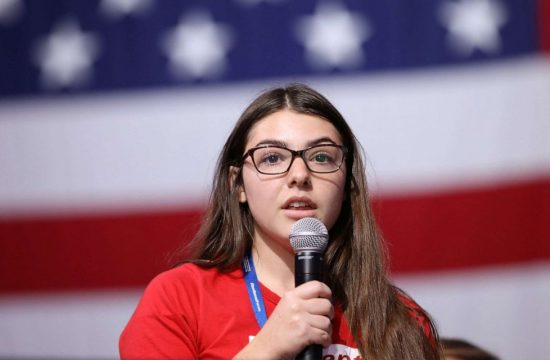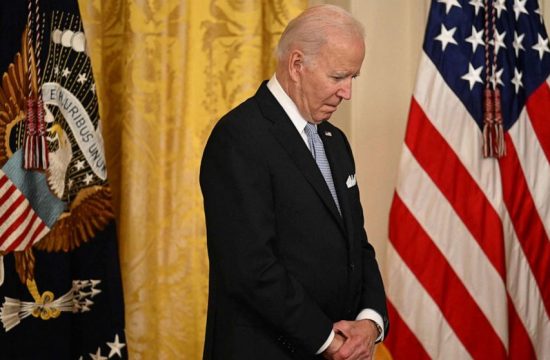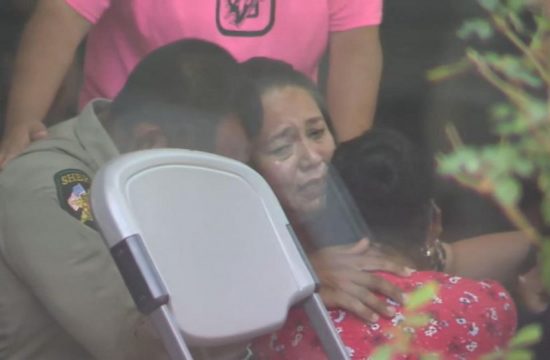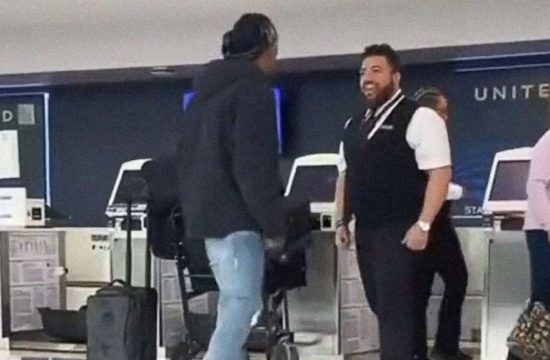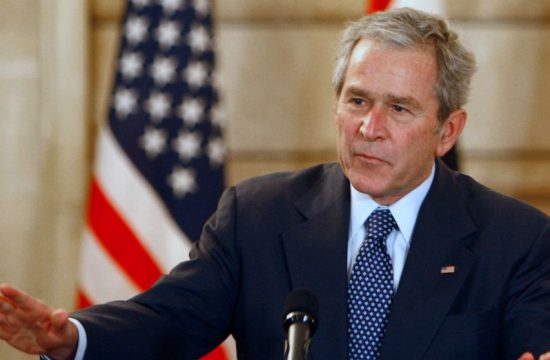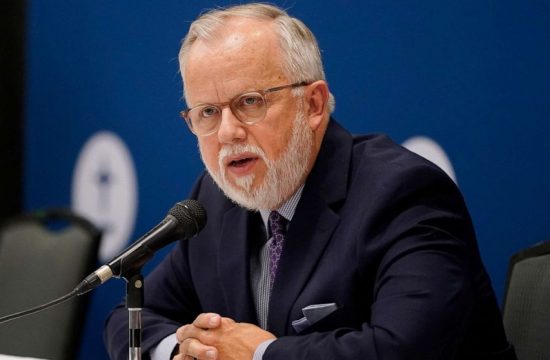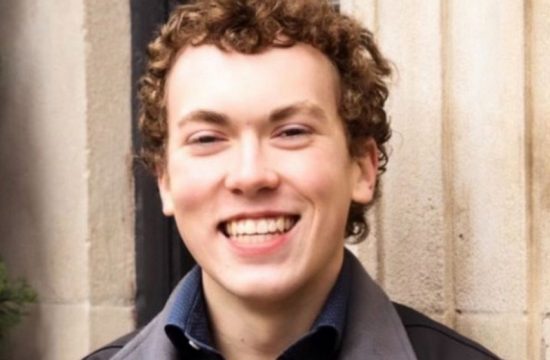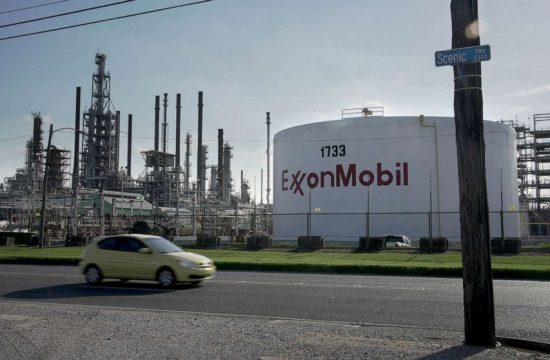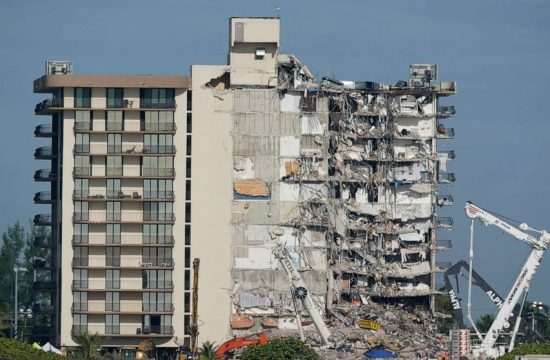South Dakota and New York are separated by hundreds of miles.
But when it comes to the effects of the coronavirus pandemic, they could be seen as worlds apart.
The coronavirus pandemic and the resulting health policies have resulted in a vastly contrasting narrative in different parts of the country and have also led to tensions between officials struggling to tamp down the virus and those eager to get back to business in May.
The result, instead of a unified national experience and response, has been a hodgepodge of localities and states at odds with each other and the federal government in some cases, both in terms of stay-at-home measures and the timetable for reopening businesses.
In New York there have been more than 304,000 confirmed positive cases of COVID-19 — more than any other country except the U.S., according to data from the state and the Center for Systems Science and Engineering at Johns Hopkins University.
Despite strict social distancing guidelines and closing all nonessential businesses, hundreds of residents are perishing daily and more than 18,000 have died since the pandemic began. Most of the cases and fatalities in the state have been in New York City and its suburbs — a stark contrast to upstate counties, some of which have seen only a handful of cases, according to state data.
In South Dakota, one of the few states never to issue a shelter-in-place order, the total number of cases is currently under 3,000 (since its first on March 10), and 11 recorded deaths, the majority of which took place in its largest city, Sioux Falls, according to the most recent data. Some counties there don’t have a single case, according to the data.
Public health and political experts say stark differences in outcomes between the states despite their policies aren’t surprising, given the demographics, density and community practices, such as modes of transportation, in each location. But they also say that the way the pandemic unfolded, striking densely populated cities hard first, allowed other portions of the country to better prepare and capitalize on the natural advantage of lower density.
Troy Tassier, an associate professor of economics who specializes in economic epidemiology and is studying COVID-19 data by counties, compared the situation to lightning starting a forest fire.
“Every county, think of them as individual forests. A lightning bolt strikes that forest and then it burns until there are no trees left,” he told ABC News. “The strikes are attracted to those locations with the most trees first. It takes a while for the lightning to strike in areas like South Dakota and Arizona.”
Tassier and other experts, however, warned that the data does not mean that state and local governments that have lax restrictions should take their overall low numbers for granted and should be extra cautious while the pandemic continues to spread.
Swapna Reddy, a clinical assistant professor at Arizona State University’s College of Health Solutions, told ABC News that while New York’s policies, which include the closure of nonessential businesses, strict social distancing guidelines, and more recently, required face coverings under a number of circumstances, would have been more effective in combating the outbreak if were enacted earlier. The state had its first recorded case on March 1 but Gov. Andrew Cuomo didn’t issue the New York “PAUSE” order until 21 days later.
Reddy noted in California, which had its first confirmed case at the end of January and currently has 46,500 cases, mayors of local towns, including London Breed from San Francisco, rapidly issued regulations that limited large gatherings in first affected areas before the state issued its shelter-in-place order on March 19.
“We saw a different experience,” she told ABC News.
While New York City is by far the most densely populated city in the country, according to the Census, with about 27,000 people per square mile, San Francisco is not far behind — about 17,000. Yet San Francisco had less than 1,500 confirmed COVID cases as of April 30.
Ramayya Krishnan, dean of Carnegie Mellon University’s Heinz College of Information Systems and Public Policy, said the slow spread of the virus to locations outside of the hard-hit New York area and other hotspots gave them more time to prepare and heed the evolving guidance from federal officials. In other words, residents may have taken caution on their own after seeing the effects of the pandemic elsewhere, despite what their state or local governments ordered or did not, according to Krishnan.
He added that locations in the Midwest and Southwest have populations so spread out that they were already effectively practicing social distancing or taking precautions like wearing face coverings before the pandemic hit their towns.
“In some places, you might have farms where employees are social distancing already or restaurants where the owner would only seat at half capacity,” he told ABC News.
Tune into ABC at 1 p.m. ET and ABC News Live at 4 p.m. ET every weekday for special coverage of the novel coronavirus with the full ABC News team, including the latest news, context and analysis.
The experts said density differences between states and, more importantly, between counties show more nuance. Reddy said Arizona has a stay-at-home order instead of a shelter-in-place, and residents are allowed to work and visit more essential businesses than in other places. She noted that poorer communities in Arizona are being hit harder than more affluent ones.
While the state currently has 6,955 cases, there are higher pockets of patients in places like Navajo and Apache counties, which have a tighter concentration of residents and are poorer. Maricopa County, which contains Phoenix, had 3,578 cases as of Wednesday, according to Johns Hopkins.
“It seems to be the type of density matters a whole lot. It’s the difference between rich density and poor density,” Reddy said. For instance, in New York, wealthier Manhattan has a higher population density but lower number of COVID-19 cases than other boroughs.
Tassier said the density differences between localities would be a big factor as the virus spreads, even in a sparsely populated state like South Dakota. In Minnehaha, South Dakota, the county that has 83% of the state’s 2,313 cases, the number of infected residents has been rising, particularly with factory workers at a Smithfield pork processing plant in Sioux Falls.
Tassier’s analysis of COVID-19 data found that Minnehaha ranked 55 among counties with the highest number of cases per million people, 9,599.55, putting it higher than several New York counties including Dutchess and Putnam, which had rates of 9,275.44 per million and 9,194.47 per million respectively.
“The low density is helping them,” he said of South Dakota generally. “But we have to remember the cases have seen exponential growth in other places across the country. They could see more cases coming.”
What to know about Coronavirus:
The experts said while federal policies would help mitigate any surge in cases informally, it is up to the state and local governments to come up with the best plan to protect residents as several states begin to reopen their economy over the next couple of weeks.
Reddy said many rural regions could have better results with lenient rules on social distancing, but leaders need to be able to alter their policies at a moment’s notice.
“If we say the policy has to be led by science, then we must remember that science evolves,” she said. “We’re learning every day and policies need to be guided by that data.”


